By Lance D. Jones
To plead Superior Orders one must show an inexcusable ignorance of their illegality. The sailor who voluntarily ships on a pirate craft may not be heard to answer that he was ignorant of the probability that he would be called upon to help in the robbing and sinking of other vessels … a man who sails under the flag of skull and crossbones cannot say that he never expected to fire a cannon against a merchantman,” wrote Judge John L. Speight as cited in the proceedings of United States v. Ohlendorf et al., 1948.
Whether emblazoned on the flag of a pirate ship in the Caribbean or centered on the peaked cap of an SS man in the Ukraine, the death’s head insignia broadcasts an unambiguous message to all who have the misfortune to come close enough to identify it. No quarter can be expected from men who display such a device with pride. The analogy between the two groups, pirates and SS men, has its limitations, as the pirates were not (officially) government sponsored while the SS certainly were, and the motivation of the pirates was profit, whereas the SS were driven by an ethno-political philosophy of anti-Semitism and anti-Bolshevism. However, the personal characteristics of ruthlessness, mercilessness, and resolve to carry out the mission would seem to be common to the individuals within each group.
The “Superior Orders” Defense at Nuremberg
Following World War II, the United States, the United Kingdom, the Soviet Union, and France each contributed judicial representatives to the International Military Tribunal (IMT), a body constituted to try and sentence the political and military leaders of defeated Nazi Germany. Apart from the surviving cabinet-level officials and the chiefs of staff of the armed services, lesser German officials were also slated for prosecution. The trials subsequent to those of the surviving German leaders were conducted by the Nuremburg Military Tribunal (NMT), an American court, rather than the IMT. Among the trials conducted by the NMT was Trial Number Nine, that of the leaders of the Einsatzgruppen, or mobile killing squads, who had slaughtered thousands of civilians on the Eastern Front in the wake of the advancing Wehrmacht.
The basis for the defense of many of the Nazi defendants was that of superior orders. The superior orders concept, as codified in the military law manuals of most nations at the time, including the United States Rules for Land Warfare and the British Manual of Military Law, absolved a soldier of responsibility for carrying out an order from a superior, even if the order he carried out is later deemed to be a violation of law. The passage from the 1940 edition of the United States Rules for Land Warfare states: “The law cannot require an individual to be punished for an act which he was compelled by law to commit.”
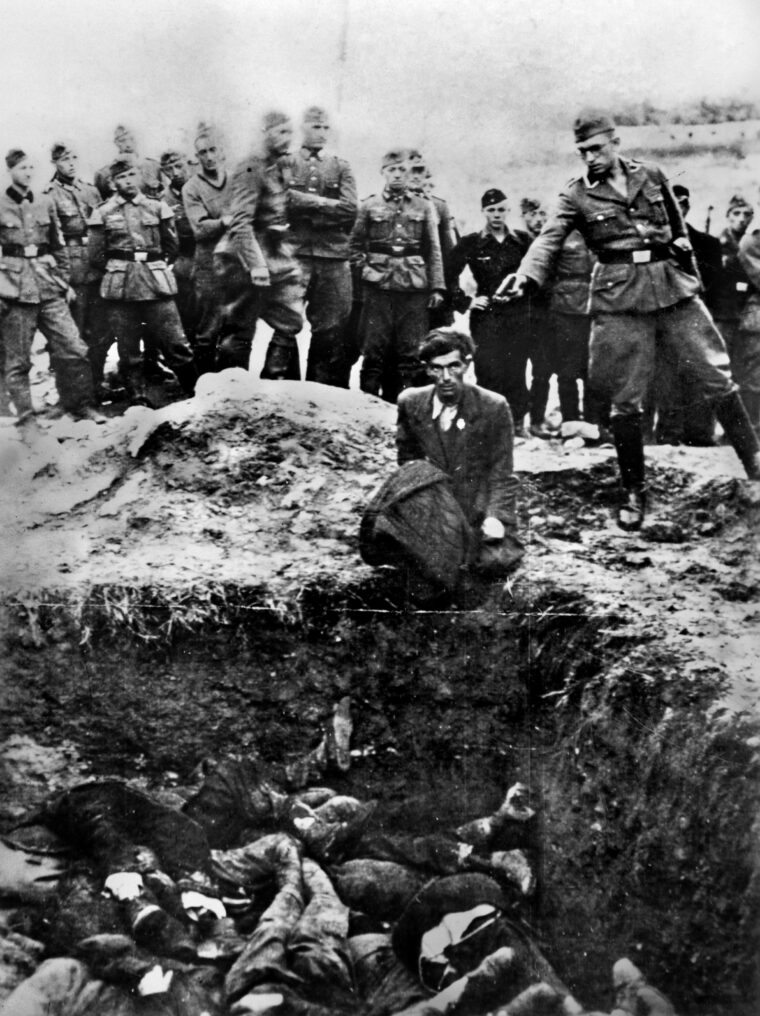
When Do “Superior Orders” Apply?
The prosecution, however, asserted that this statement applied only to lawful orders and that evidence that a soldier acted upon the orders of a superior might be a mitigating circumstance but could not justify the commission of an illegal act when the soldier should reasonably have been expected to know that the act ordered was in fact illegal. During Case Number Seven, United States v. Wilhelm List et al., on February 19, 1948, which dealt with reprisals against civilian populations, the judge observed, “Army regulations are not a competent source of international law. They are neither judicial nor legislative pronouncements. They are not competent for any purpose in determining whether a fundamental principle of justice has been adopted by civilized nations generally.”
Among the factors that negated the defense of superior orders in the minds of the members of the tribunal were the education and social standing of the defendants. The enlisted men who pulled the triggers were, for the most part, not prosecuted for war crimes. Rather, the leaders and command staff of the Einsatz units were the ones in the dock. They counted among their ranks lawyers, university lecturers, a trained opera singer, and a former ordained minister. These were by no means coarse peasants susceptible to suggestion. These were men capable of independent thought and with the ability to make up their own minds. Some were ideologues and some were mere careerists, but whatever their individual motivations, they were not men of simple minds.
Judge Speight again makes reference to this dynamic by observing: “A defendant’s willingness may have been predicated on the premise that he personally opposed Jews or that he wished to stand well in the eyes of his comrades, or by doing the job he might earn rapid promotion. The motive is unimportant if he killed willingly.”
Justice Robert Jackson, the chief United States prosecutor for the IMT, observed in a June 6, 1945, letter to President Truman, “There is doubtless a sphere in which the defense of obedience to superior orders should prevail. If a conscripted or enlisted soldier is put on a firing squad, he should not be held responsible for the validity of the sentence he carries out. But the case may be greatly altered where one has discretion because of rank or the latitude of his orders. And, of course, the defense of superior orders cannot apply in the case of voluntary participation in a criminal or conspiratorial organization such as the Gestapo or the SS.”
Otto Ohlendorf on Trial
Chief among the SS officials put on trial following the conviction of the surviving Nazi government ministers were the commanders and senior staff of the four Einsatzgruppen that operated on the Eastern Front in conjunction with the Wehrmacht. Among the defendants of this latter group was Gruppenführer (major general) Otto Ohlendorf, once the commander of Einsatzgruppe D, which operated in the southern part of the Ukraine and the Crimea. Ohlendorf finished the war as the chief of Amt III of the Reich Security Main Office.

By all accounts a brilliant man who had studied law and economics and had been a university lecturer before the war, Ohlendorf was a committed National Socialist, having joined the Nazi Party in 1925 and the SS in 1926, well before Adolf Hitler came to power. Ohlendorf was initially noted within the Nazi hierarchy as something of a liberal, expressing opposition to the totalitarian direction in which the government was proceeding. Even though he was an early member of both the SS and the SD (security service), he was reported to have had frequent clashes with both Reichsführer-SS Heinrich Himmler and Gestapo chief Heinrich Muller about various issues relating to race and dominance.
Atrocities of the Ensatzgruppen
The Einsatzgruppen were four mobile killing units created shortly before the invasion of the Soviet Union on June 22, 1941. Their mandate was to kill the Jews within the territory conquered by the Wehrmacht, as well as communist officials and other “subversive elements.” Their creation emanated directly from Heinrich Himmler. These units, identified as A, B, C, and D, were attached to elements of the Army and traveled with them. They ranged in size from 500 to 1,000 men, but often made use of indigenous police and militia units in support roles. The tools of their trade were simple: fast trucks and motorcycles to take them swiftly to where the Jews resided; rifles, pistols, and machine guns to exterminate their prey; and natural or man-made excavations to conceal the evidence.
From the beginning, the Einsatzgruppen sent detailed reports of their body counts to the Reich Security Main Office (RSHA) in Berlin. While euphemisms such as “appropriately handled, special treatment, or dealt with” were substituted for terms such as “killed, murdered, or exterminated,” no special effort to conceal the activity was made either in writing or in radio transmissions. By tallying their own reports, a figure of approximately 1.5 million killings by the four groups were documented, ranging from the murder of a few dozen Jews and individual communists in isolated Ukrainian and Belorussian villages to the spectacular figure of 33,771 Jews murdered over a two-day period at Babi Yar ravine outside the Ukrainian capital of Kiev.
Apart from murdering Jews, the Einsatzgruppen were tasked with the collection of their valuable property, ranging from quantities of gold and objets d’art to the simple wedding rings and overcoats from the bodies of the victims. This property was sent to central authorities in Berlin for the use of the Reich, although some funds were used directly for operational expenses such as rewarding collaborationist native policemen for their assistance, and some negligible items such as clothing were given to the local population.
Ohlendorf’s 90,000 Murders
By his own admission, Ohlendorf oversaw more than 90,000 murders during his tenure as Einsatzgruppe D commander. Ohlendorf was forthcoming about his role as unit commander and willingly answered all questions put to him without apparent subterfuge. Given that he was aware that he was on trial for his life, the direct nature of his testimony might be viewed as unusual from a modern perspective. However, Ohlendorf was convinced of the correctness of his actions. He had nothing, in his mind, to be ashamed of or fearful about. When asked about the execution process, the disposition of the property and valuables of the victims, and other dynamics of his duties, he explained fully and without regard to self-incrimination. When asked about the necessity of killing the Jewish children, Ohlendorf’s considered rationale was that he was trying to achieve lasting security for Germany and leaving children alive to grow up and avenge their murdered parents did not seem like a logical course of action to achieve this end.
Ohlendorf emphasized that the killings carried out by his unit were done in a military manner with the victims facing their executioners, several of whom fired at a single person. He stated that he was against the method used by other Einsatzgruppen, where each individual was shot in the back of the neck at close range. When asked why he held the opinion that his method of execution was preferable to the neck-shooting method, Ohlendorf stated, “It was, psychologically, an immense burden to bear” for both the victim and the executioner to have the execution carried out one-on-one. When questioned later in the trial about the same issue, Ohlendorf continued to defend his use of military-style executions but acknowledged that this method did lead to the need to use “ill treatment” to control those waiting to be executed since the victims realized what was in store for them and “could not therefore endure prolonged nervous strain.”
When Ohlendorf was asked to further explain what he meant by “ill treatment” he stated that if the executions were carried out in a manner that caused excitement and disobedience among the victims, the use of violence to restore order would have been required. He further stated that it was his goal to keep the use of violence against the victims to a minimum, and to that end, as well as to ensure that his other directives were being followed by his subordinates, he tried, when logistically feasible, to send a member of his command staff to witness executions as an inspector.
On the surface it seems needlessly proper for Ohlendorf to have been concerned that unnecessary physical force not be used against the Jews awaiting their deaths. But to an ordered mind with legal training such as Ohlendorf’s, it makes perfect sense to avoid nonlethal measures that were not absolutely necessary to carrying out the mission. The goal of the operation was, after all, to kill the Jews, not to torture them. Many killers are not sadists, as Judge Speight pointed out in his monologue: “Even a professional murderer may not relish killing his victim, but he does it with no misgivings.”
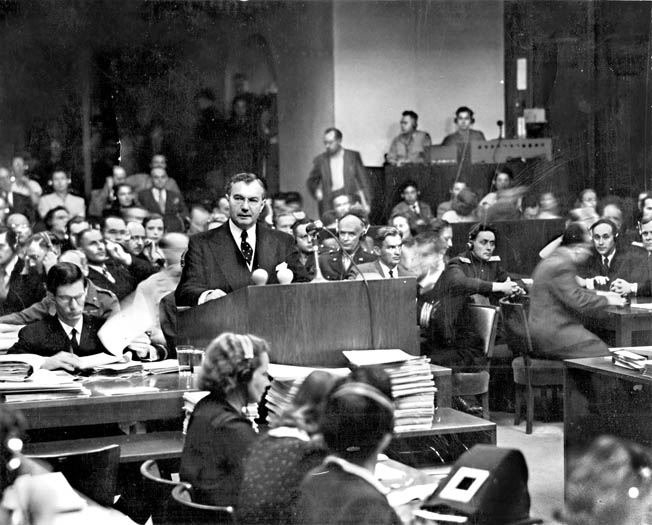
Even the executioners themselves, the enlisted men who formed the firing parties, had qualms about the murder of women and children. Many of these men were older and had wives and children at home. Reports of this problem reached the Reich Security Main Office, and the psychological well-being of the killers had to be taken into account. One solution was the introduction of the gas vans, trucks that were used to kill people confined in the cargo area using the exhaust fumes from the engine. However, introducing gas vans into the killing process of some Einsatz units caused other unforeseen problems, most notably the reluctance of the Einsatzkommando men to unload the corpses that were covered in bodily fluids. During his trial Ohlendorf asserted that the men of the Kommandos preferred to continue executing women and children by shooting rather than use the gas vans as the unloading of the soiled corpses was an “unnecessary mental strain.”
“Military Necessity”
Ohlendorf himself bluntly stated that his actions with the Einsatzgruppen were justified as a military necessity. He did not try to redirect the question of his guilt based on his not having pulled a trigger. Ohlendorf’s assertion was that the Jews and the communist leadership posed a security threat to the Wehrmacht behind the lines and that the only way to prevent this substantial threat was to slaughter all of them that could be located. Ohlendorf’s rationale for killing the Jews, including Jewish children, was that doing so was contributing to military victory. In reality, the military victory precipitated killing the Jews and communists for ethno-political reasons, as they did not come into the sphere of German influence until the areas in which they resided were already under military control.
Ohlendorf’s SS peers, who were in some cases more directly culpable of having blood on their hands, did not help his case by their testimony. A prosecutor quoted SS-Obergrüppenfuhrer (lieutenant general) Erich von dem Bach-Zelewski’s testimony in Case Number Eight by saying, “When the witness Bach-Zelewski was asked how Ohlendorf could admit the murder of 90,000 people he replied: ‘I am of the opinion that when, for years, for decades, the doctrine is preached that the Slav race is an inferior race, and Jews not even human, then such an outcome is inevitable.’”
Brigadier General Telford Taylor, in his 1948 paper An Outline of the Research and Publication Possibilities of the War Crimes Trials, singled Ohlendorf out because of his insistence that his actions were justifiable and legally defensible, noting: “Of great interest to ethnologists and sociologists are the several cases in which the leaders of the SS were tried. In these cases, many of the barbaric and horrible superstitions of the SS were judicially examined and fanatically defended by such pseudo-intellectual SS leaders as Ohlendorf.”
Death was Their Tool and Life Their Toy
In the official finding of guilt issued on April 8, 1948, Ohlendorf was described as a Jekyll and Hyde figure with a clearly defined dual nature. On one hand, he was known as an academic, a sociologist, a humanitarian, and a lawyer. However, he condemned himself out of his own mouth as a cold-blooded racial exterminator by admitting the murder of tens of thousands of helpless men, women, and children. Even the prosecution commended Ohlendorf for his candor and his refusal to attempt to dissemble the facts of the matter.
For all his forthrightness, it was noted that Ohlendorf was still a criminal and would be required to pay the penalty for his acts. Ohlendorf was executed by hanging on June 7, 1951, at Landsberg Fortress, the same prison in which Adolf Hitler was incarcerated following his unsuccessful 1923 Beer Hall Putsch. Three of his fellow Einsatzgruppen veterans, Erich Naumann, Paul Blobel, and Werner Braune accompanied him to the gallows.
Ohlendorf and the rest of the Einsatzgruppen leadership were multifaceted individuals who approached their assigned task of murdering the Jews of Eastern Europe from a variety of positions and diverse motivations. However, their professionalism and skill in carrying out their orders led directly to the deaths of more than a million people and the destruction of cultures that had lasted for centuries.
Chief Trial Prosecutor Benjamin Ferencz summarized Ohlendorf and the Einsatzgruppen leadership poignantly in the last sentences of the opening statement of the trial on September 29, 1947, when he said: “Death was their tool and life their toy. If these men be immune, then law has lost its meaning and man must live in fear.”
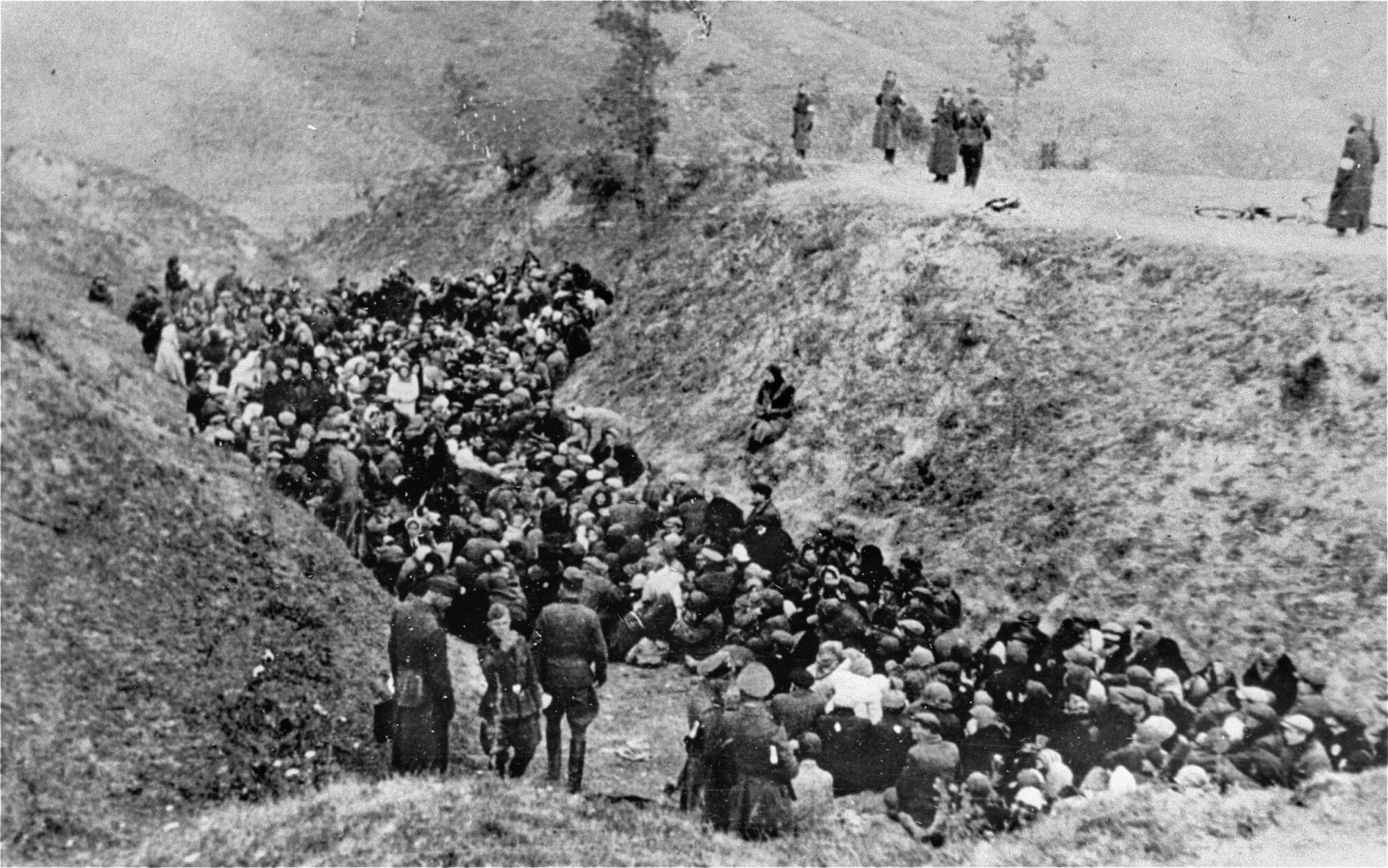

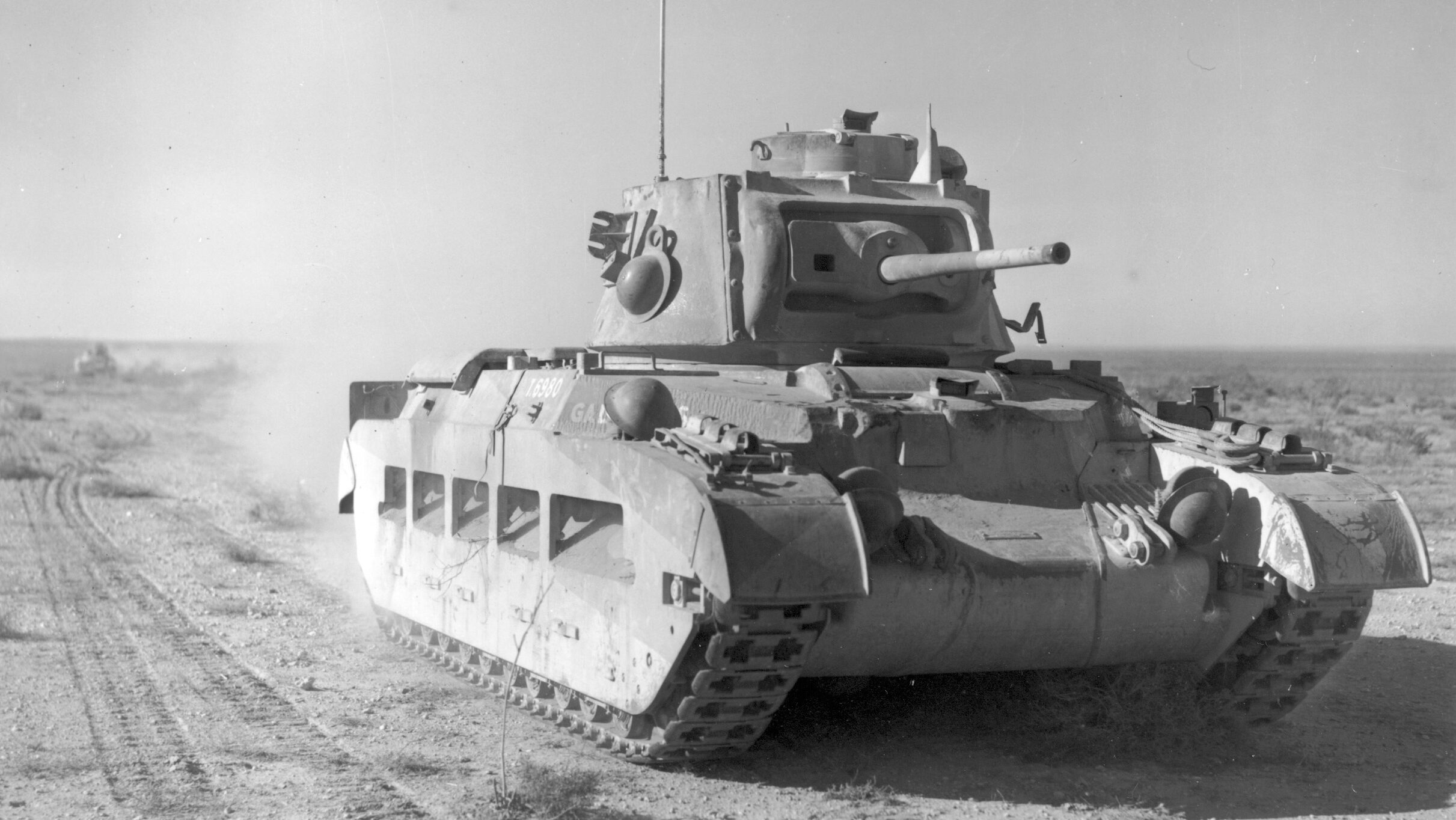
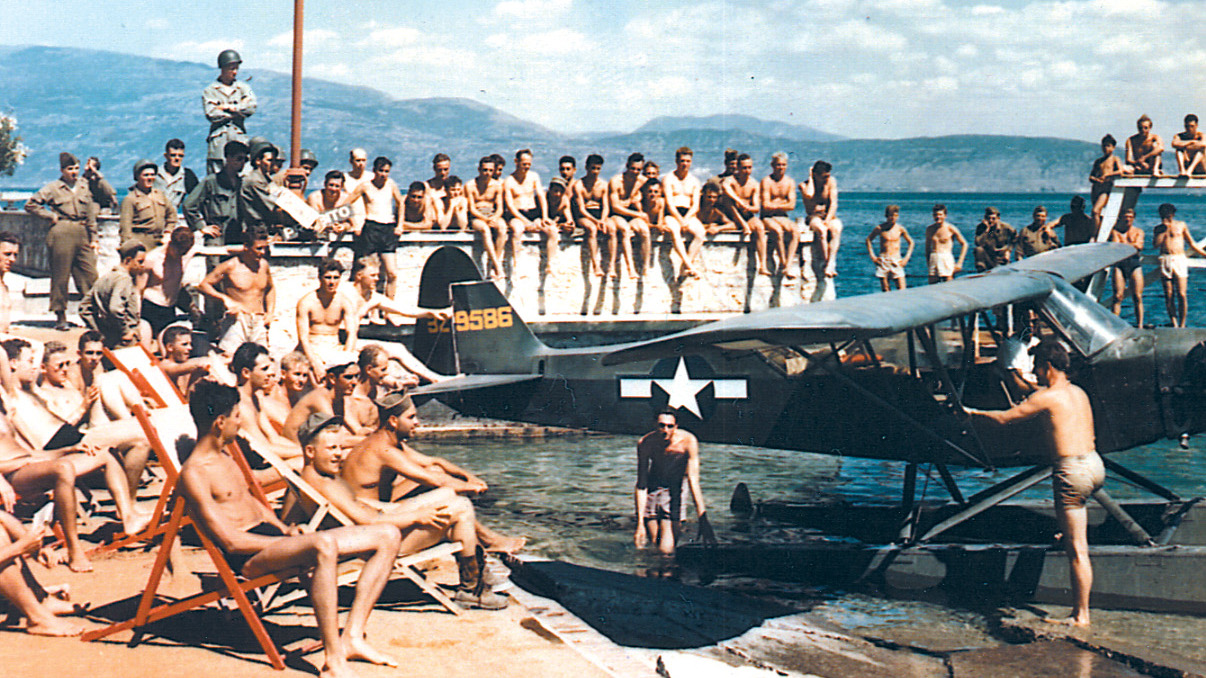
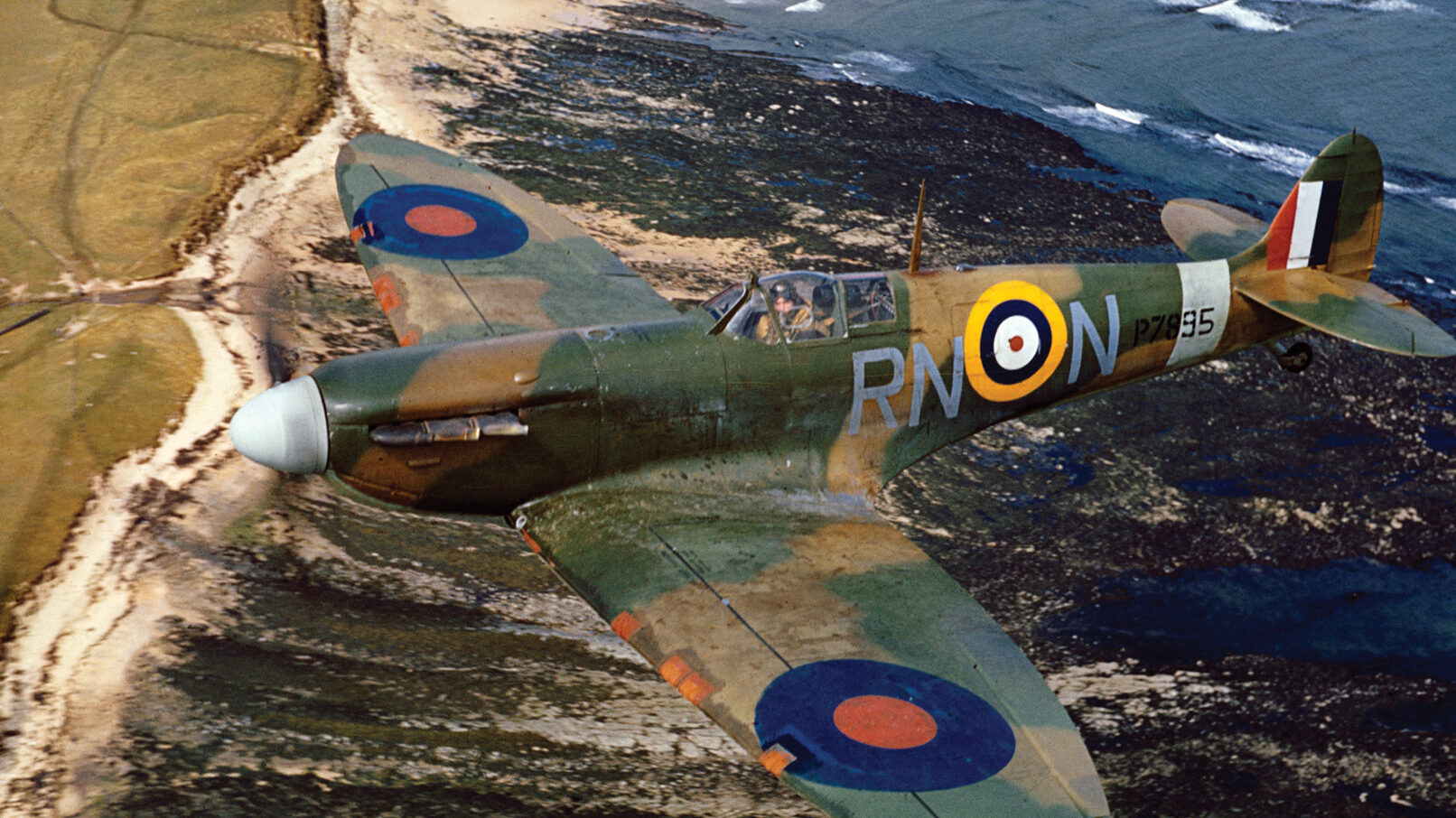
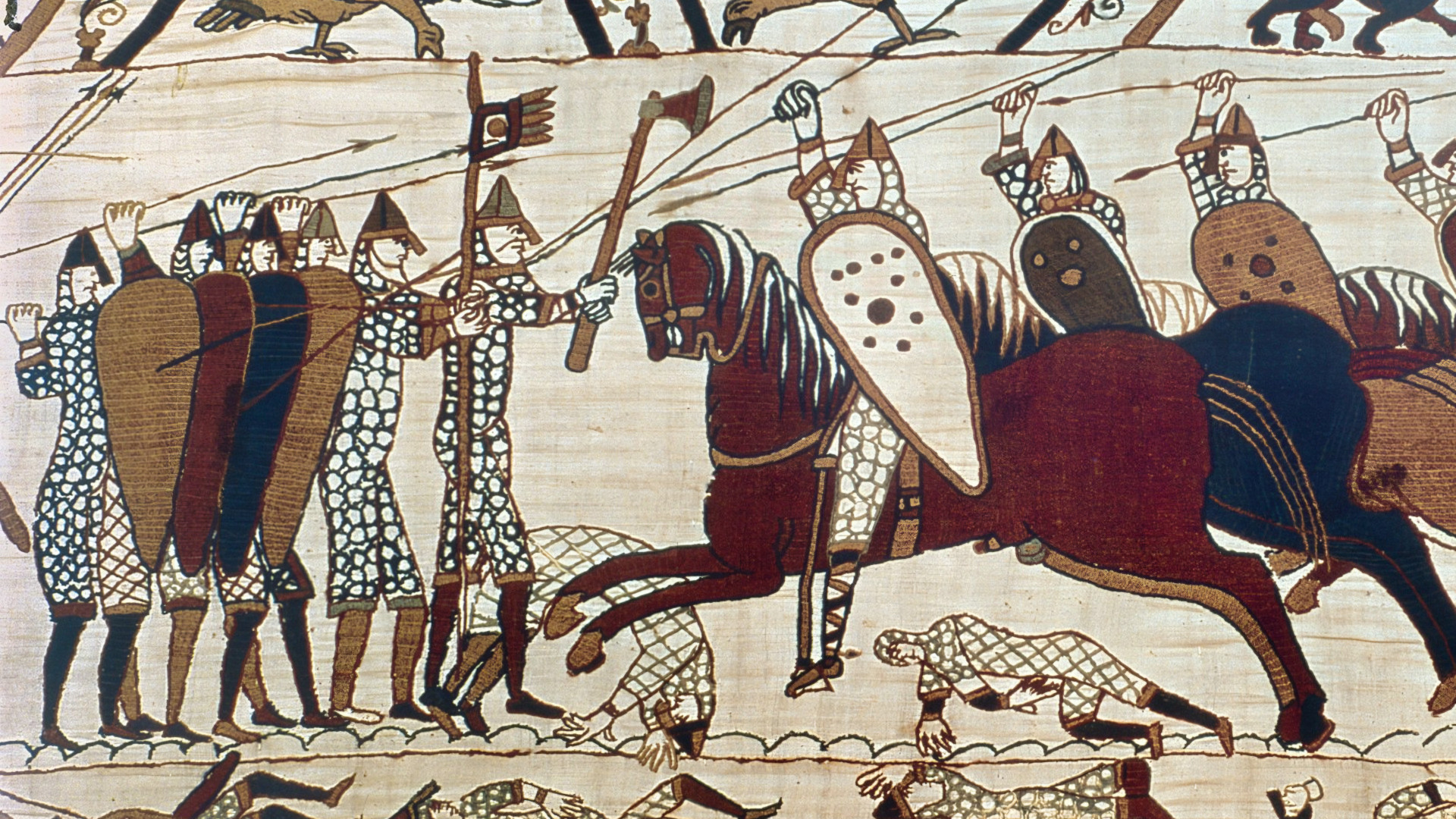

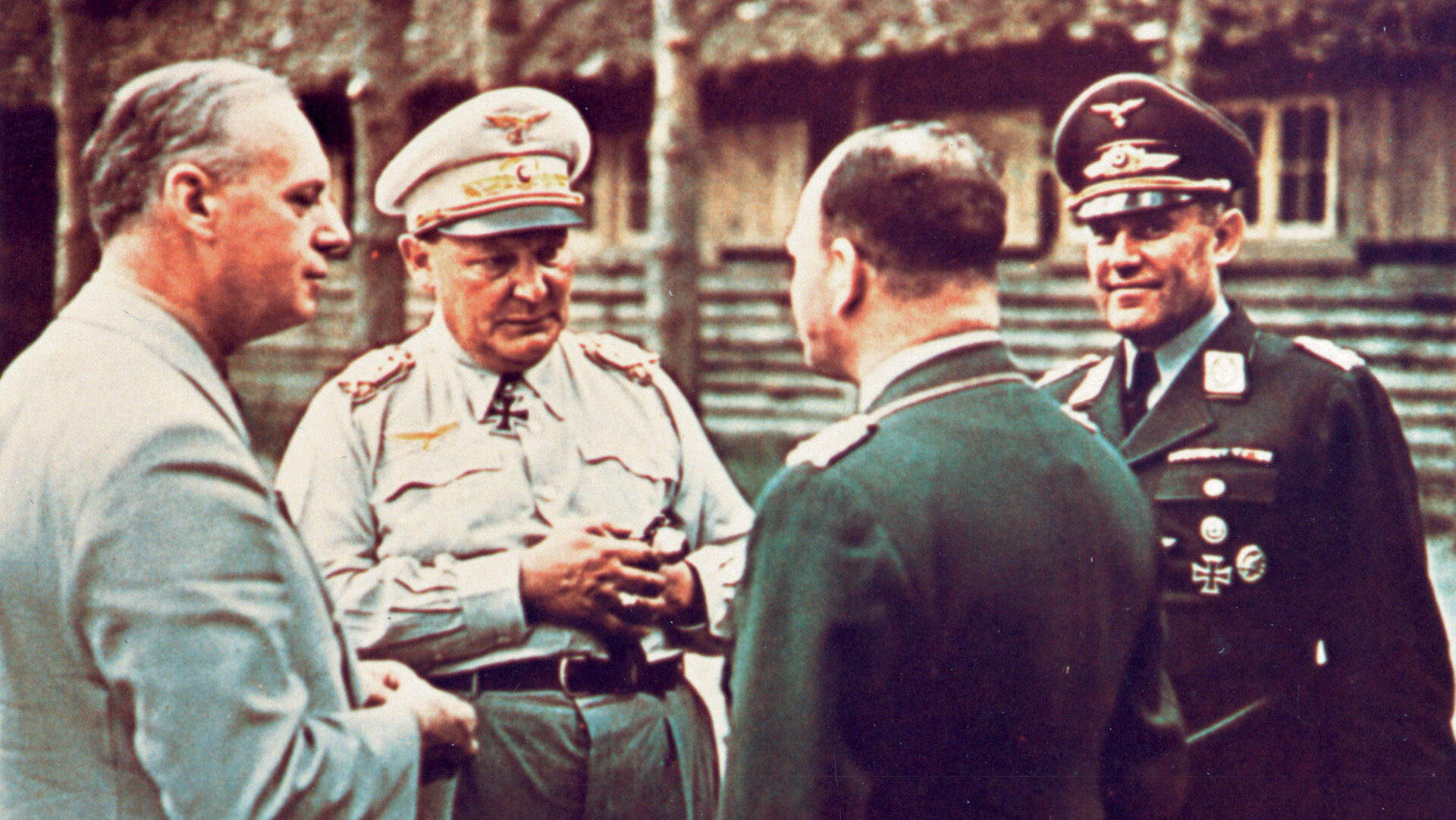
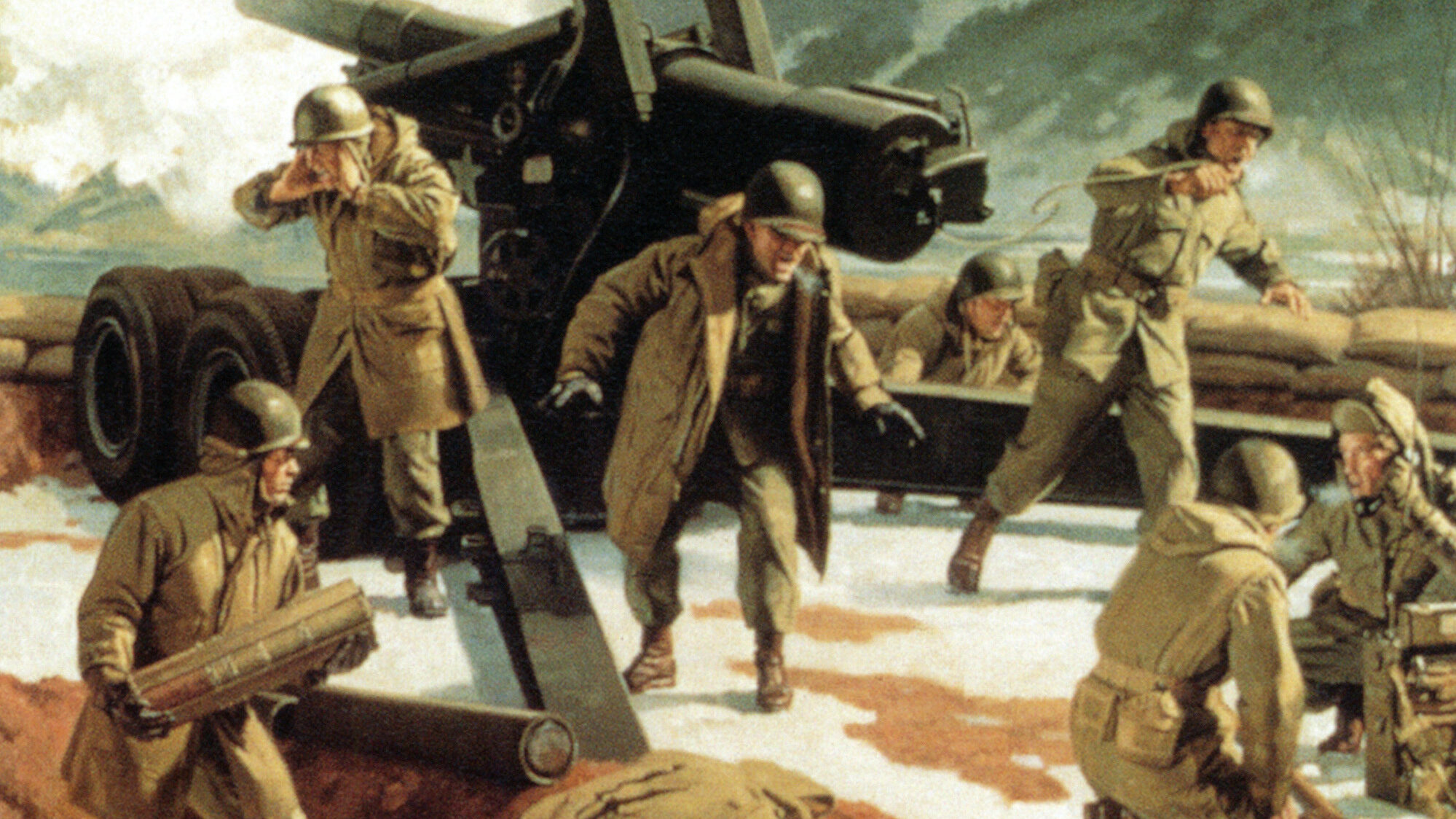
A social note: The Soviets were far less considerate of legal niceties when carrying out their war crimes procedures in their own and satellite territories after the war. There was certainly an element of revenge in their actions but also a felt necessity to establish that certain behaviors on the part of the losers was unacceptable. This contrasts rather sharply with Allied actions which generally imposed the severest penalties only on the most notorious criminals and proportionately few of those. As a consequence war crimes continued to be rather common in subsequent wars such as Korea, Vietnam, the Balkans, Rwanda, etc.
“Such photographs were used as evidence against former members of Einsatzgruppen after World War II.”
A rational person would ask: Why did the Nazis take so many of these photographs and movies in the first place?
Answer: Because the Nazis were *proud* of what they were doing. It’s almost impossible to realize that human beings could engage in such barbarity and want to show it off to others.